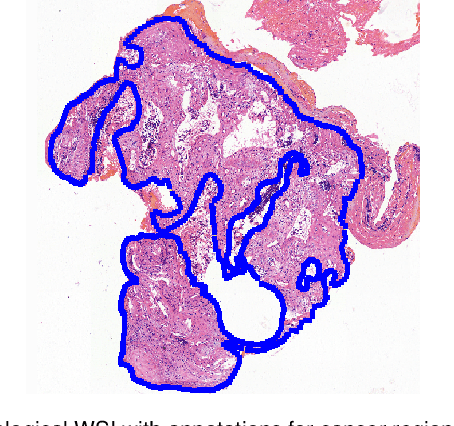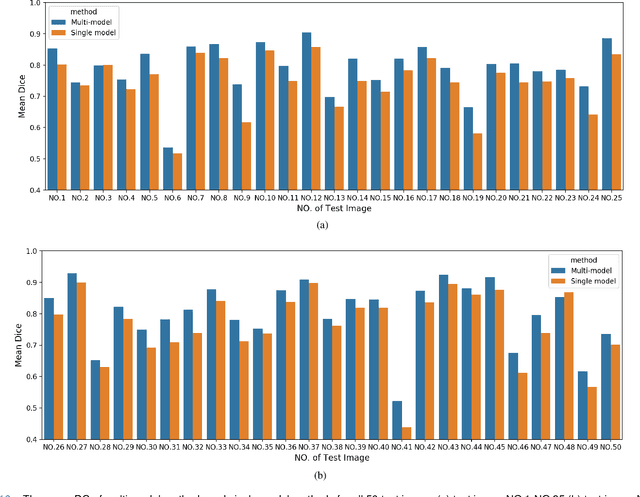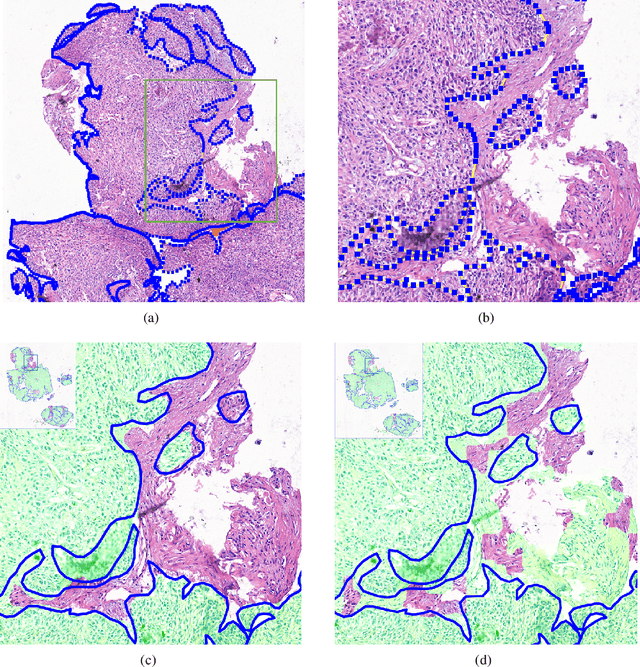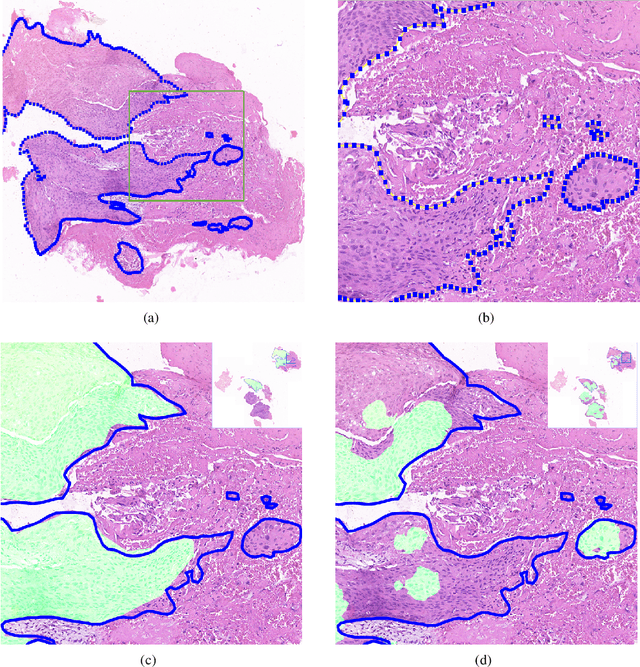Xiaoliang Sun
Small Aerial Target Detection for Airborne Infrared Detection Systems using LightGBM and Trajectory Constraints
Jul 01, 2024



Abstract:Factors, such as rapid relative motion, clutter background, etc., make robust small aerial target detection for airborne infrared detection systems a challenge. Existing methods are facing difficulties when dealing with such cases. We consider that a continuous and smooth trajectory is critical in boosting small infrared aerial target detection performance. A simple and effective small aerial target detection method for airborne infrared detection system using light gradient boosting model (LightGBM) and trajectory constraints is proposed in this article. First, we simply formulate target candidate detection as a binary classification problem. Target candidates in every individual frame are detected via interesting pixel detection and a trained LightGBM model. Then, the local smoothness and global continuous characteristic of the target trajectory are modeled as short-strict and long-loose constraints. The trajectory constraints are used efficiently for detecting the true small infrared aerial targets from numerous target candidates. Experiments on public datasets demonstrate that the proposed method performs better than other existing methods. Furthermore, a public dataset for small aerial target detection in airborne infrared detection systems is constructed. To the best of our knowledge, this dataset has the largest data scale and richest scene types within this field.
* 15 pages,10 figures
Deep Learning Methods for Lung Cancer Segmentation in Whole-slide Histopathology Images -- the ACDC@LungHP Challenge 2019
Aug 21, 2020



Abstract:Accurate segmentation of lung cancer in pathology slides is a critical step in improving patient care. We proposed the ACDC@LungHP (Automatic Cancer Detection and Classification in Whole-slide Lung Histopathology) challenge for evaluating different computer-aided diagnosis (CADs) methods on the automatic diagnosis of lung cancer. The ACDC@LungHP 2019 focused on segmentation (pixel-wise detection) of cancer tissue in whole slide imaging (WSI), using an annotated dataset of 150 training images and 50 test images from 200 patients. This paper reviews this challenge and summarizes the top 10 submitted methods for lung cancer segmentation. All methods were evaluated using the false positive rate, false negative rate, and DICE coefficient (DC). The DC ranged from 0.7354$\pm$0.1149 to 0.8372$\pm$0.0858. The DC of the best method was close to the inter-observer agreement (0.8398$\pm$0.0890). All methods were based on deep learning and categorized into two groups: multi-model method and single model method. In general, multi-model methods were significantly better ($\textit{p}$<$0.01$) than single model methods, with mean DC of 0.7966 and 0.7544, respectively. Deep learning based methods could potentially help pathologists find suspicious regions for further analysis of lung cancer in WSI.
 Add to Chrome
Add to Chrome Add to Firefox
Add to Firefox Add to Edge
Add to Edge